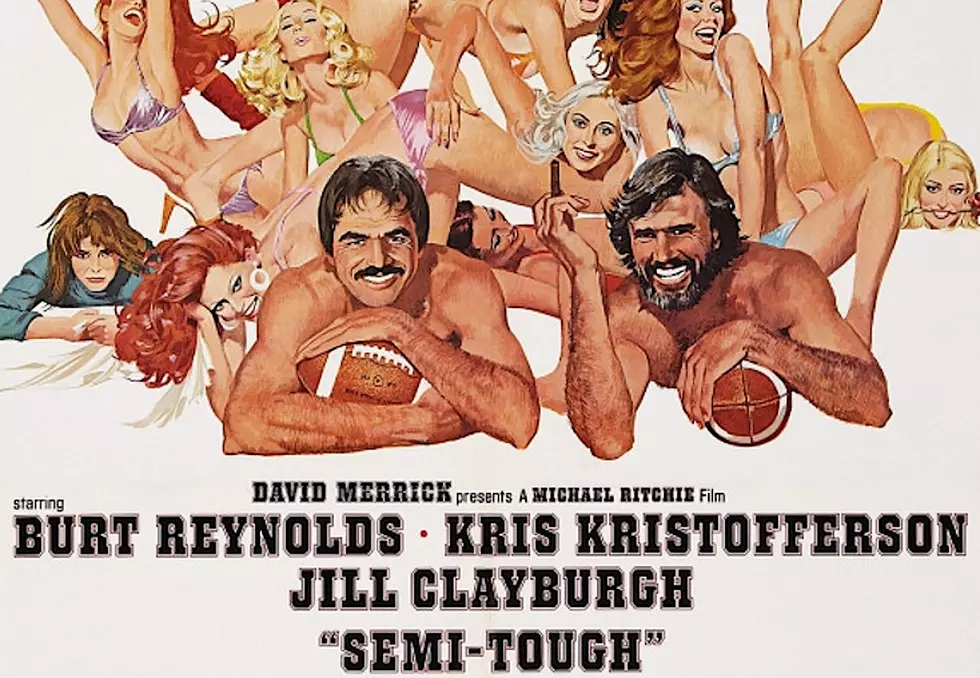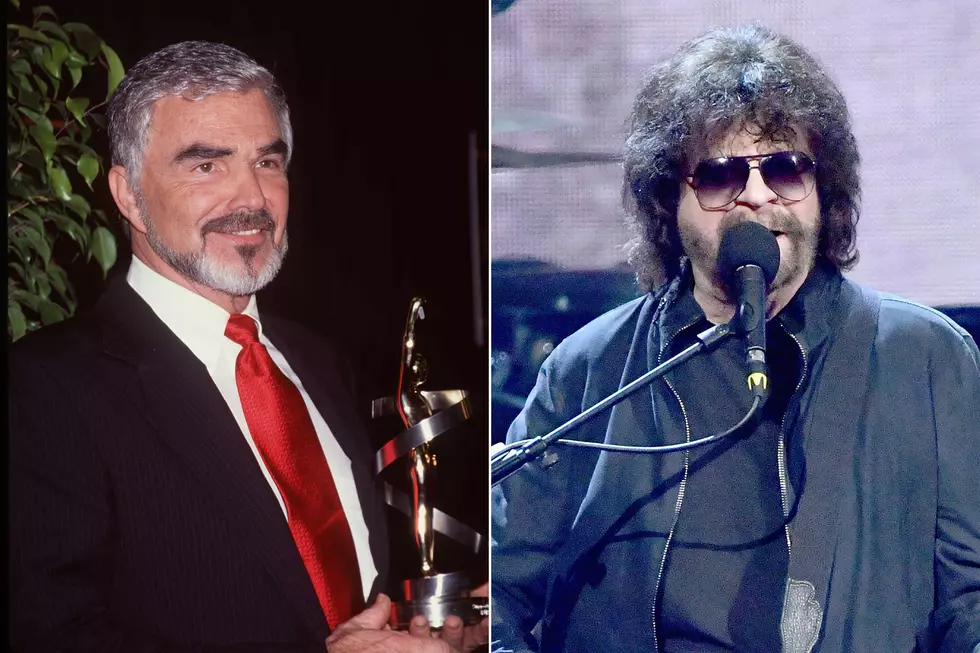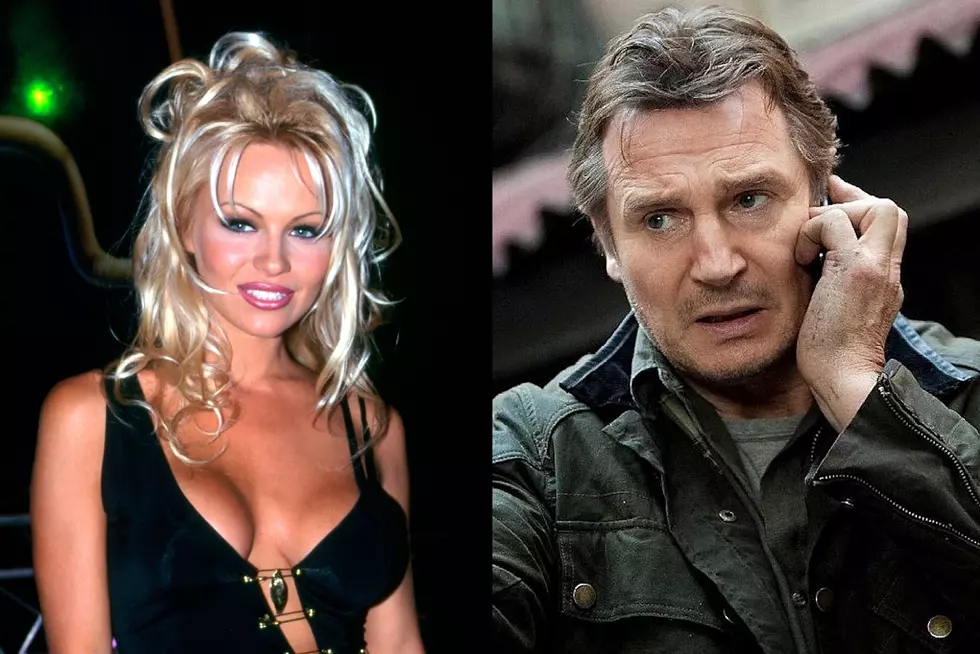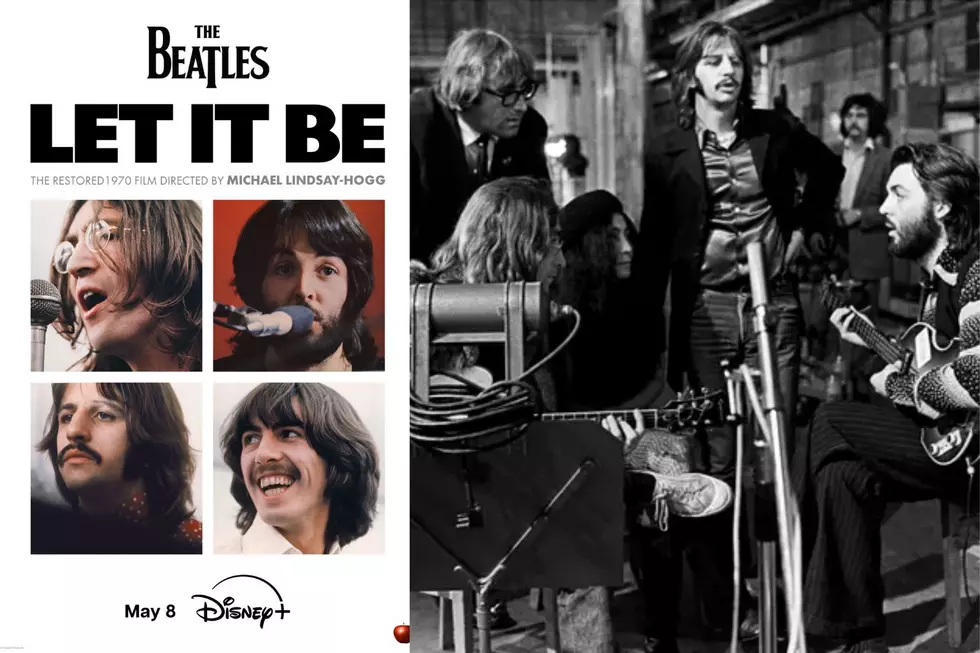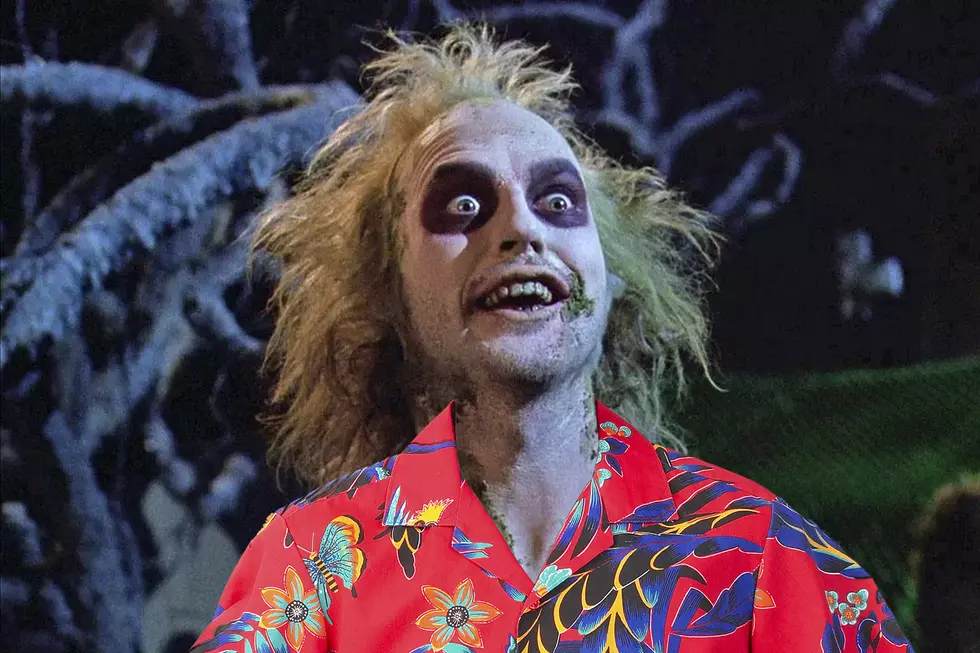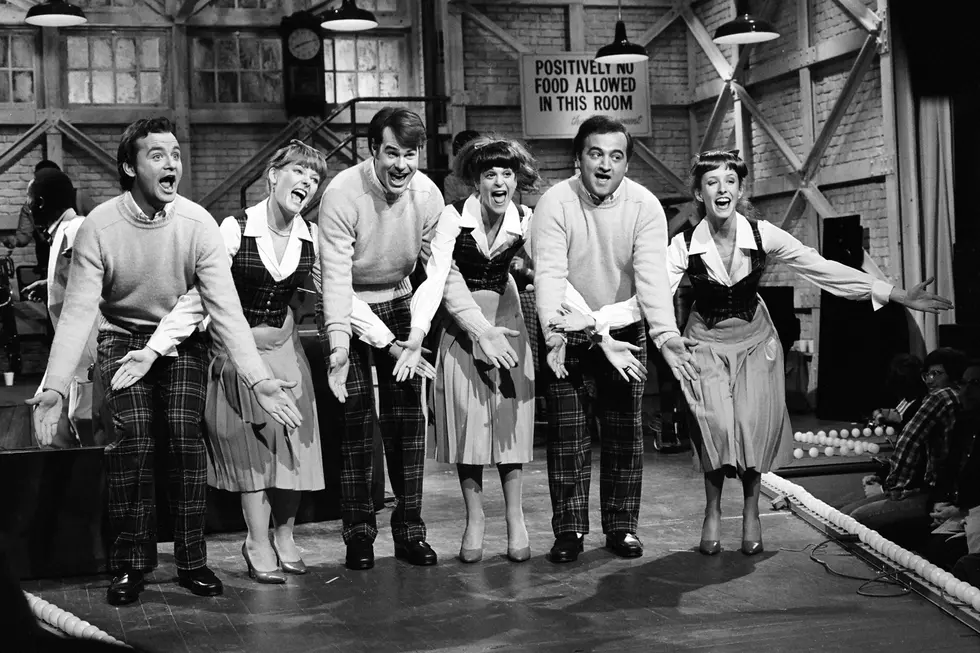
Why ‘The Longest Yard’ Stole Burt Reynolds’ Famous Mustache
Ten minutes into The Longest Yard, a prison barber shaves off Burt Reynolds' mustache.
The gesture sums up something beautiful about the film, which was released in August of 1974. The story the movie tells is an epitome of a great deal of popular American cinema of the '70s. Reynolds plays Paul "Wrecking" Crewe, a former all-star pro quarterback whose life has disintegrated to the point where he's become the kept man of a wealthy socialite in Florida. In the opening moments of the film he gets drunk, steals the socialite's car, leads some cops on a high speed chase and then beats two of them up. For these antics, he's sentenced to eighteen months.
When he arrives in prison, Crewe meets Warden Rudolph Hazen (Eddie Albert) who's obsessed with the prison's semi-pro football team, which is comprised of the institution's sadistic guards. Hazen has pulled strings to get Crewe assigned to his prison so that he can coach the team and help them win a championship. Crewe also finds that he's despised by the prisoners themselves, not because he had the good life and let it slip away, but because he committed, in their eyes, the greatest possible transgression: he shaved points in a football game, besmirching the sport they love.
Through a plot twist or two Crewe ends up having to lead a team of prisoners in a game against the guards' semi-pro team. At stake is Crewe's rehabilitation from his original sin of shaving points, the prisoners' desire for retribution against the guards who abuse them and the whole institution's fight against the malign Warden at its head.
This climactic game takes thirty minutes of screen time. In a remarkable feat of cinematic construction, it never becomes boring. And the good guys win. But they don't quite win in the way they would today, which is what makes the movie such a classic example of '70s American film.
Watch the The Longest Yard Trailer
To start off with, the sympathies of the story lie resolutely on the side of the prisoners. In this, it calls to mind Stuart Rosenberg's Cool Hand Luke, 1980's Brubaker, or Milos Foreman's One Flew Over the Cuckoo's Nest, in that it turns incarceration into a tale of the human battle against the evils of authority. Although we're told that many of the inmates are murderers and arsonists, the movie doesn’t present prison as a hellhole. Instead, it gives us a parable for the way society’s outcasts are further abused, reflecting a system that abuses us all.
Because of this, a good deal of the comedy in the movie comes at the expense of the guards and other authority figures. And, in another hallmark of the '70s, the film pairs this comedy with an almost startlingly unsentimental violence. When one of the inmates named Samson – played by Richard Kiel, more famous as Jaws in the Bond films – clotheslines a guard during the final game, he exclaims: "I think I broke his neck!" This becomes a momentary punch line, repeated by an awestruck ref, and then it turns out that, yes, Samson indeed did break the guard's neck. The paralyzed guard is taken off in a stretcher.
Similarly, when a disgruntled trustee (Charles Tyner) tries to kill Crewe by burning him alive in his cell, and instead ends up killing the team's popular manager, nicknamed "Caretaker" (James Hampton), the death is presented as deeply horrifying. Caretaker dies screaming, with Crewe and other inmates throwing themselves at the bars of the cell, unable to help him.
Today, this type of violence would probably seem inappropriate in a comedy, and indeed the darker tones were mostly removed from the 2005 Adam Sandler-starring remake, which was oriented more towards a combination of slapstick and empowerment. But this blend of seriousness and comedy, social investigation and good old fashioned action heroics, doesn't only come from the decade that produced the film.
It's also due to director Robert Aldrich, who spent virtually the entirety of his career elevating B-movies beyond what they had any right to be.
In Aldrich's hands, 1955's Kiss Me Deadly was freed from its noir roots to become a meditation on alienation and cold war paranoia, and that same year's The Big Knife was extended from a simple Hollywood melodrama into an investigation of the way the industry destroys the actors who form its foundation. A decade later, The Dirty Dozen somehow combined a rousing adventure film with an almost shocking (at the time) cynicism about war, and Whatever Happened to Baby Jane took a script that in another director's hands would have ended up as an extended soap opera and turned into one of the screen's great portrayals of jealousy, manipulation and madness.
In light of this, it's fascinating to watch how adroitly Aldrich handles both the comedic and sports elements of The Longest Yard. The football sequences – in particularly the culminating game – are tightly shot and edited, and the comedy plays as at once broad, wistful, and charismatic. The '70s saw a renaissance in sports films – from Downhill Racer and Evil Kneivel, through Rocky and Slapshot, even including 1980's Raging Bull and Caddyshack – and Aldrich, unsurprisingly, given his penchant for anti-heroes, cheekiness, and B-movie/high art combinations, managed to produce one of the best and most multifaceted of them.
Which brings us back to Burt Reynolds and his mustache.
Our contemporary world might remember Reynolds as little more than a cheesy '70s heartthrob who, like so many of the actors of his generation, found a reclamation project in the '90s. (In his case, this was P.T. Anderson's 1997 Boogie Nights.) But to watch Reynolds here is to remember that he was actually a movie star, in the strongest sense of that term.
He had in spades a kind of relaxed masculine physicality – he'd been a successful college football player before a knee injury turned him to acting – to which the male heroes of the '70s were returning after the '60s shift toward the post-James Dean, brooding, un-brawny leading man. And he was a professional actor who'd done a long apprenticeship in television before his first star-making role in 1972's Deliverance. But what stands out most in The Longest Yard is his easy-going, casually sexual likability, conveyed in particular by his grin and his laugh. He's the kind of star who even when he's doing bad things makes you want to be on his side, because it's the side where all the good times are.
And his mustache was at the heart of this. Culturally, the mustache was a symbol, much like the beard is today, of many things tied into "being a man." And it was also a central element of Reynolds' status as a sex icon – he had famously posed nude in Cosmopolitan in 1972, wearing only that mustache.
Which is, of course, exactly why Aldrich has the taunting barber shave it off in the opening of The Longest Yard.
More than just an opportunity for a comedic bit, and more than just an industry in-joke about Reynolds' facial hair, the mustache scene establishes a humiliation central to the main dynamic of the film: the fallen hero being shaved down to join the rest of the outcasts in the battle against the authority and corruption that threaten us all.
There may be no better summation of the world of the '70s anti-hero genre film.
25 '80s Movie Sequels That Shouldn't Have Been Made
More From Ultimate Classic Rock
